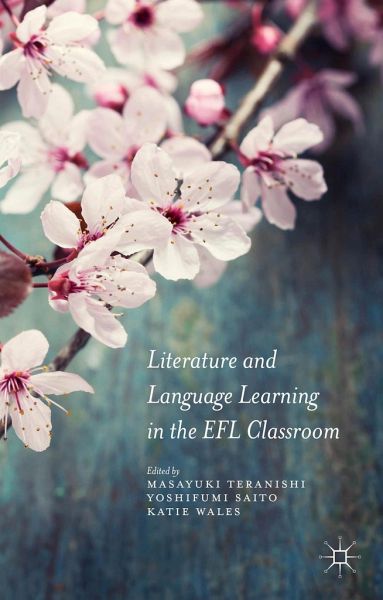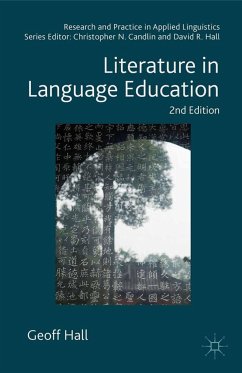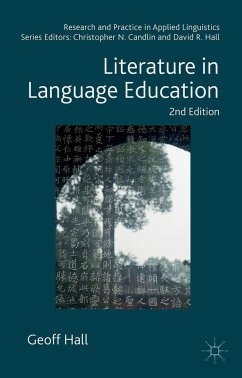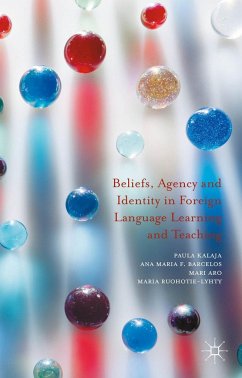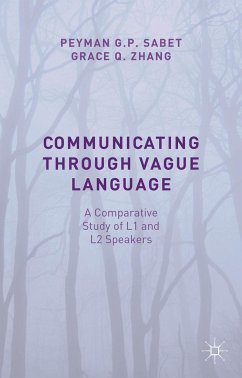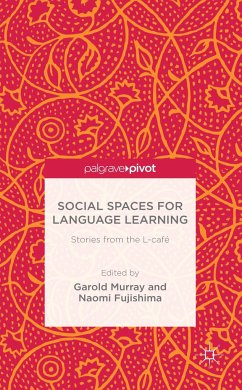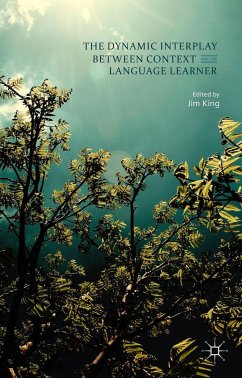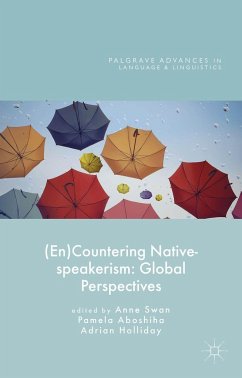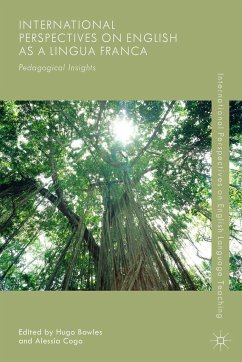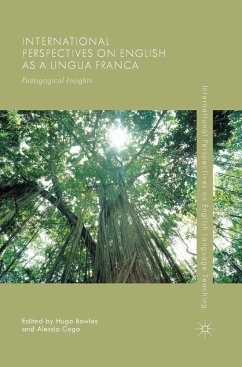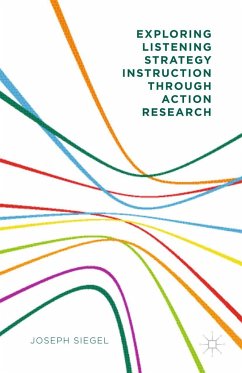Michael Burke, University College Roosevelt, Utrecht University, Netherlands Ronald Carter, University of Nottingham, UK Motoko Fukaya, Tsurumi University, Japan Geoff Hall, University of Nottingham, Ningbo, China Tomohide Ishihara, Aichi University, Japan Yuka Kusanagi, Gunma University, Japan Kyoko Kuze, Ueno Gakuen University, Japan Marina Lambrou, Kingston University, UK Gillian Lazar, Middlesex University, UK Tetsuko Nakamura, Komazawa University, UK Masako Nasu, Okayama University, Japan Takayuki Nishihara, Prefectural University of Hiroshima, Japan Soichiro Oku, Kanto Gakuin University, Japan Akira Ono, Hiroshima University, Japan Aiko Saito, Setsunan University, Japan Yoshifumi Saito, University of Tokyo, Japan Kiyo Sakamoto, Doshisha University and Ryukoku University, Japan Mark D. Sheehan, Hannan University, Japan Hiroko Sugimura, Okayama Prefectural University, Japan Kazuko Takahashi, Meisei University, Japan Masayuki Teranishi, University of Hyogo, Japan Katie Wales, University of Nottingham, UK
